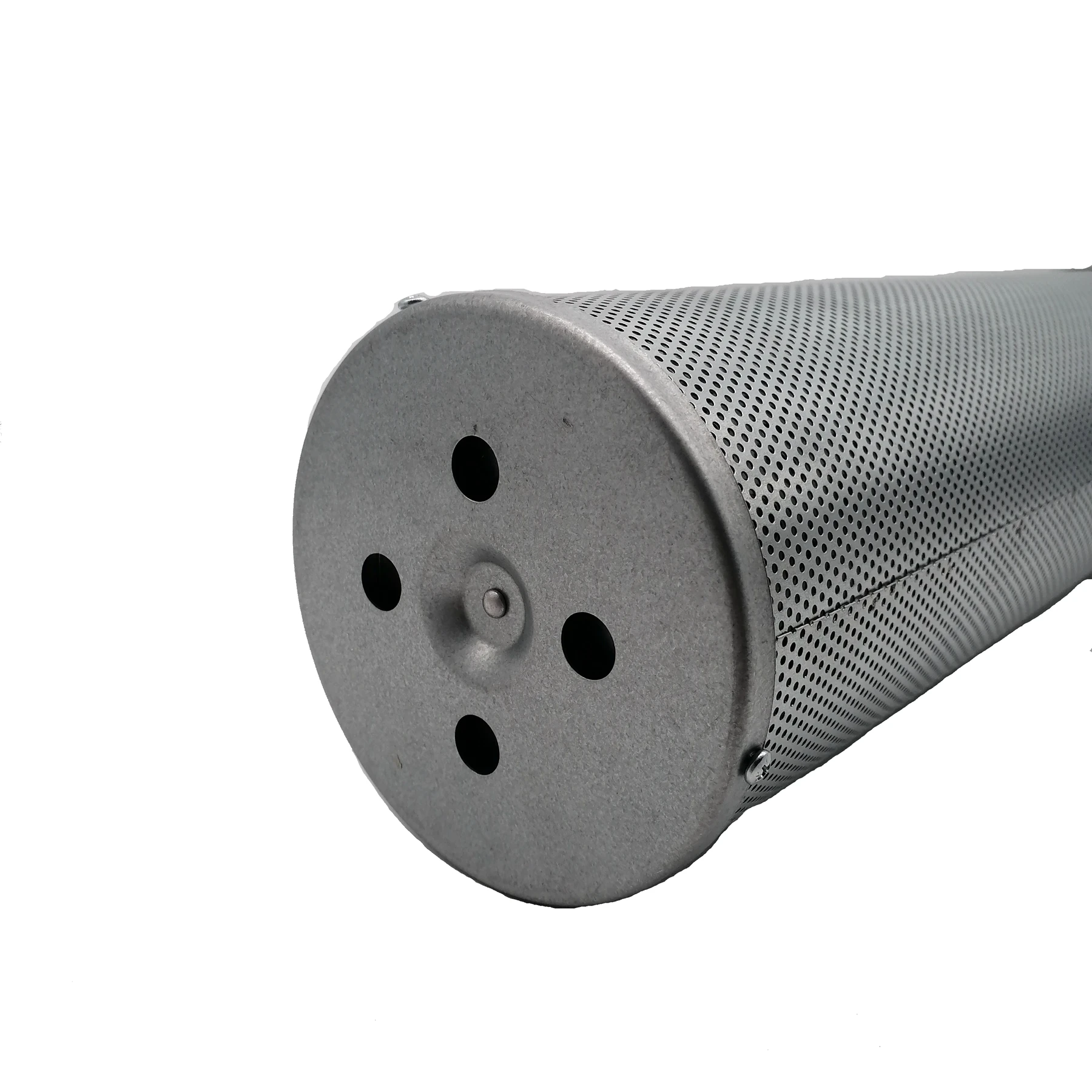 Tel:
+8615930870079
Tel:
+8615930870079
Nov . 06, 2024 17:34 Back to list
Antistatic Filter Element for Enhanced Dust and Particle Control in Various Applications
Understanding Antistatic Filter Elements Importance and Applications
In today’s fast-paced industrial environment, the need for effective filtration systems has taken center stage. Among numerous filtration solutions, antistatic filter elements are gaining significant attention due to their unique properties and essential role in safeguarding both equipment and the quality of the air we breathe. This article delves into what antistatic filter elements are, their importance in various industries, and the applications that benefit from their use.
What are Antistatic Filter Elements?
Antistatic filter elements are specialized filtration devices designed to minimize static electricity buildup in various processes. These filters are constructed with materials that possess antistatic properties, which help in dissipating static charges. Static electricity can lead to multiple issues, such as damaging sensitive electronic equipment, increasing fire risks in flammable environments, and causing inaccuracies in industrial processes.
Importance of Antistatic Filter Elements
1. Prevention of Equipment Damage In industries like electronics manufacturing, semiconductor production, and pharmaceuticals, even the smallest static discharge can result in significant damage to delicate components. Antistatic filter elements protect sensitive machinery by ensuring that the air free from particulate contaminants and static electricity.
2. Safety Enhancement In environments where flammable gases or dust are present, static electricity can create a spark that leads to explosions or fires. By utilizing antistatic filter elements, companies can dramatically reduce the risk of accidents, safeguarding employees and facilities.
3. Quality Control The presence of static charges can lead to the agglomeration of dust and particles in industrial processes, ultimately affecting product quality. Antistatic filters help maintain cleanliness by ensuring that contaminants do not cling to surfaces, allowing for smoother operations and high-quality outcomes.
4. Operational Efficiency Filters that accumulate static can be less efficient due to the adhesion of dust and particulate matter. Antistatic filter elements maintain consistent airflow and pressure drops, thus optimizing overall system performance and prolonging the lifespan of the filtration units.
antistatic filter element

Applications of Antistatic Filter Elements
1. Electronics and Semiconductor Manufacturing In these sectors, cleanliness is crucial. Antistatic filters help maintain an environment free from pollutants and static charges, protecting sensitive electronic components during manufacturing and assembly.
2. Pharmaceutical Industries Similarly, in pharmaceutical manufacturing, maintaining sterile conditions is essential. Antistatic filter elements in clean rooms help eliminate particles while preventing static, which could otherwise disrupt sensitive processes.
3. Food Processing and Packaging Static can impact packaging efficiency and product quality in food processing. By integrating antistatic filters, manufacturers can ensure that the production environment remains clean and efficient.
4. Textile Industry In the textile manufacturing process, static can lead to undesirable effects such as cling and reduced fabric handling efficiency. Antistatic filters help mitigate these issues, improving productivity.
5. Automotive and Aerospace These industries often deal with combustion engines and potentially flammable environments. Implementing antistatic filter systems enhances safety while maintaining stringent quality standards.
Conclusion
Antistatic filter elements play a pivotal role in numerous industries by preventing static charge buildup and ensuring effective filtration. As industries continue to prioritize safety, efficiency, and product quality, the adoption of such specialized filters will likely grow. Understanding their importance and integrating antistatic filter elements into systems can lead to improved operational performance and reduced risk in environments where static electricity poses a threat. As technology evolves, ongoing advancements in filter materials and designs promise to further enhance the capabilities of antistatic filters, benefitting various sectors across the board.
-
Types and Applications of Air Filtration CartridgesNewsJul.28,2025
-
The Role of Gas Turbine FiltersNewsJul.28,2025
-
Mastering Air Filter Cartridge UseNewsJul.28,2025
-
Advanced Turbine Filters for Modern Gas TurbinesNewsJul.28,2025
-
Cellulose Air Filter Cartridge Advantages in Dust FiltrationNewsJul.28,2025
-
Cellulose Filters for Air Particle ReductionNewsJul.28,2025

 Email:
Email:





